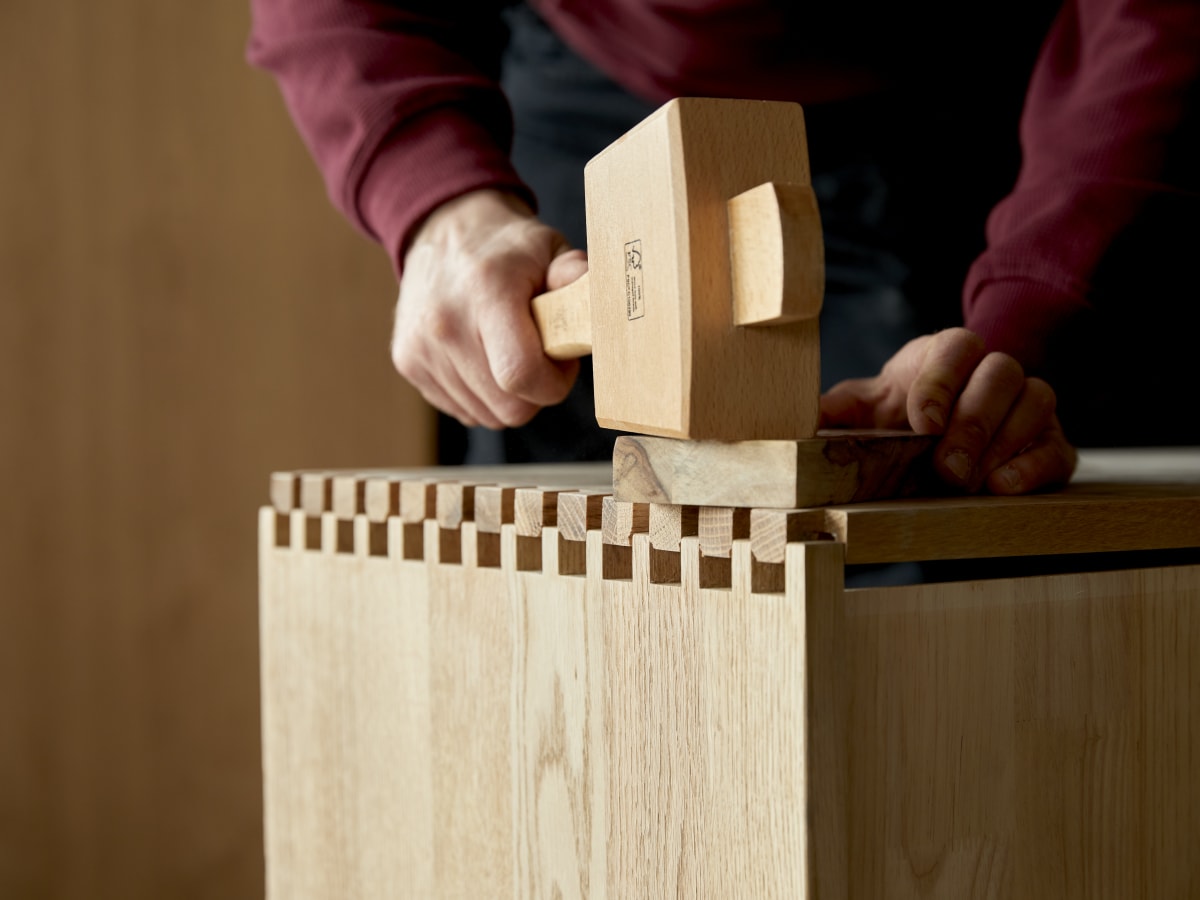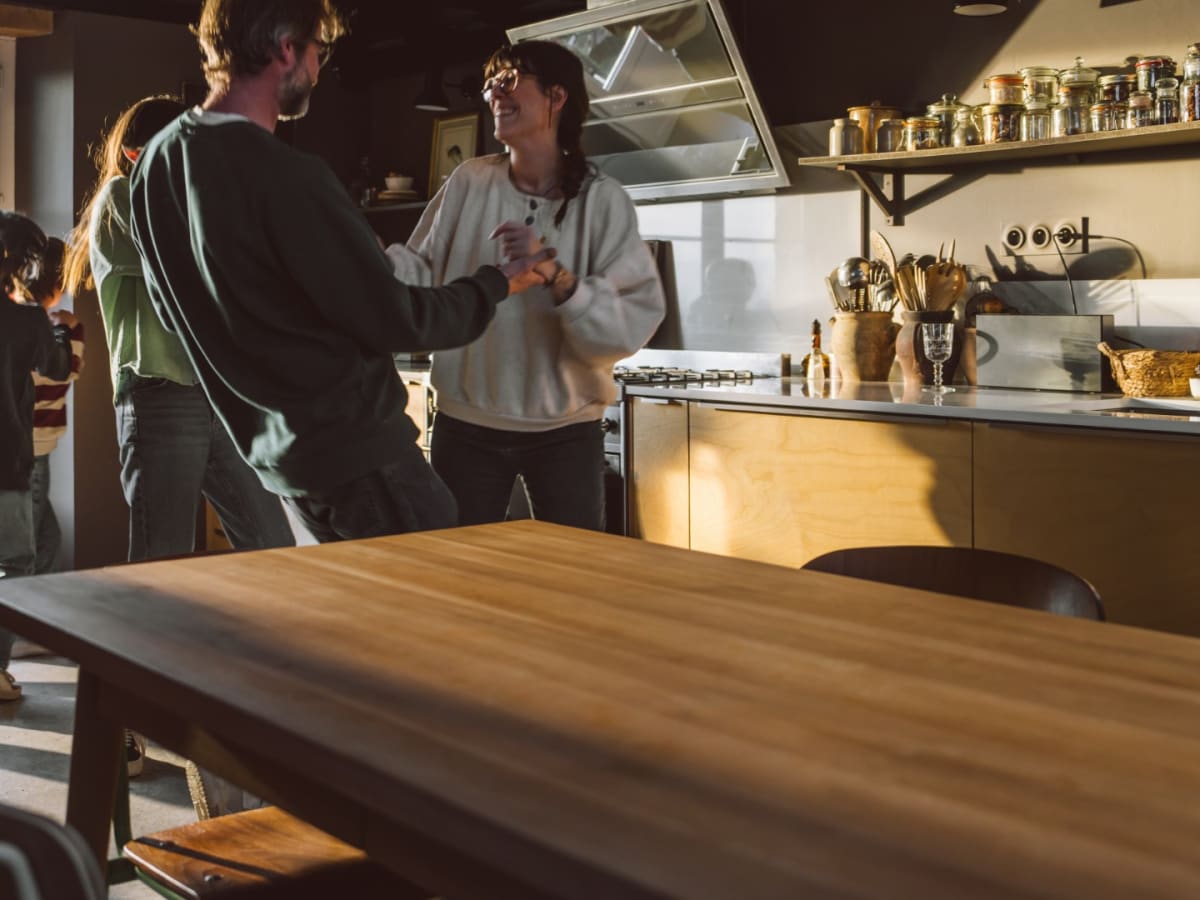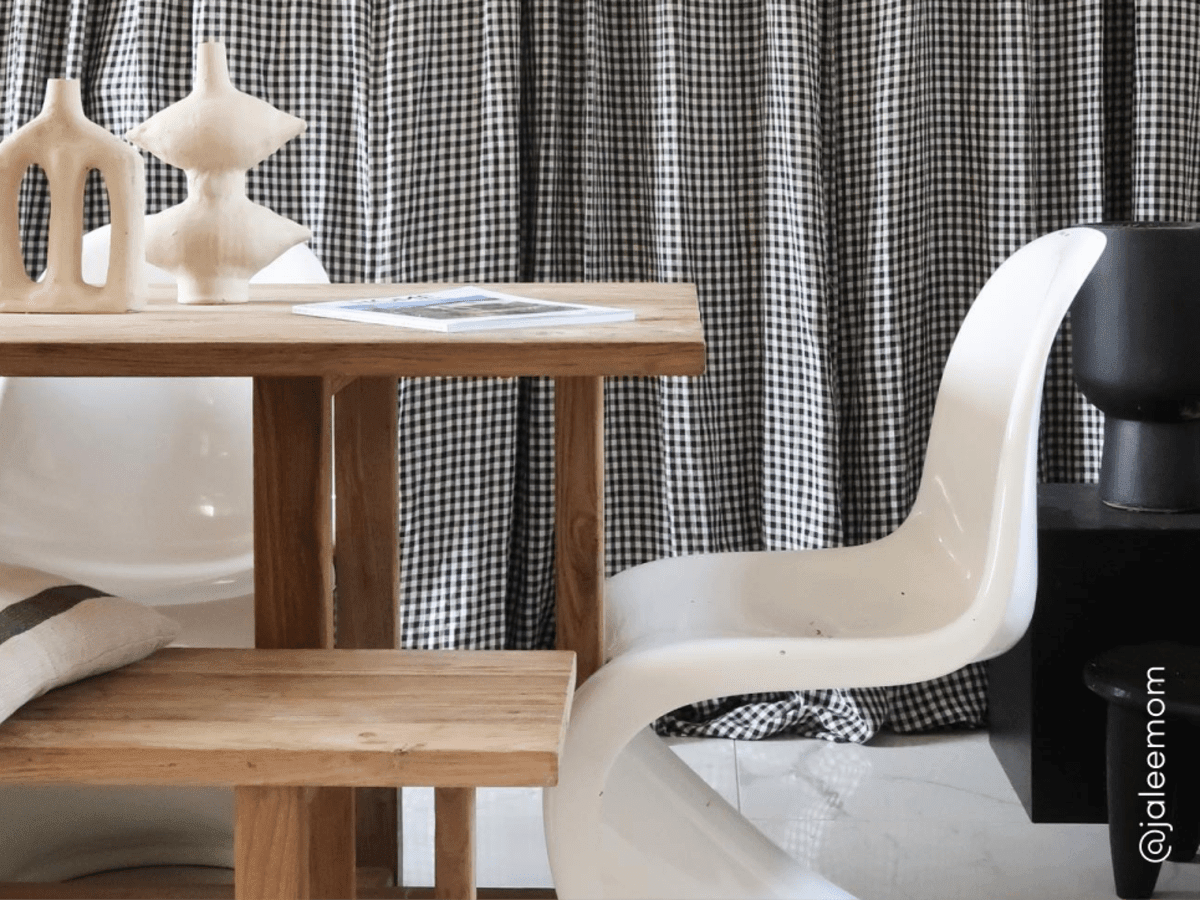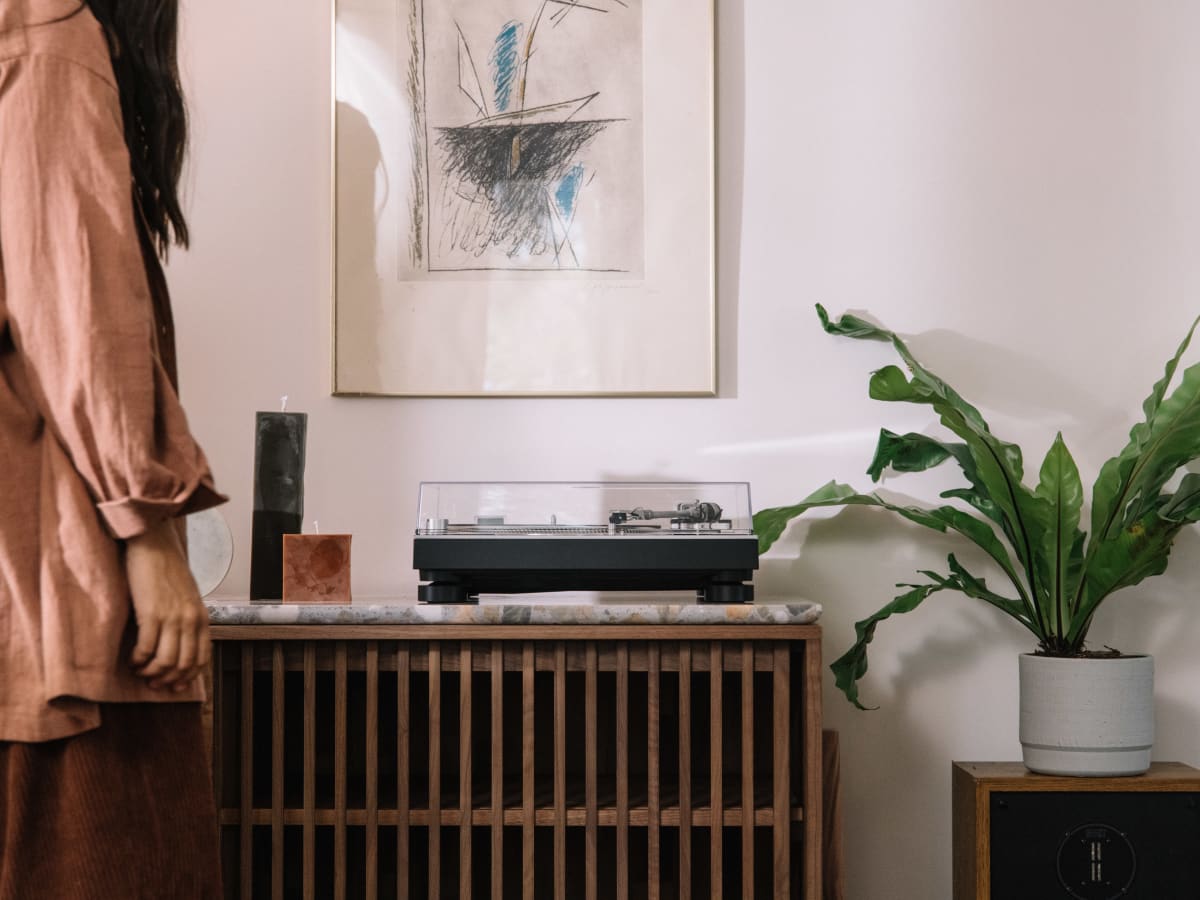FAQs Sustainable Development
We have gathered answers to some of those most frequently asked questions about our sustainable practices. If you have any additional questions, feel free to reach out to us at:
help@tikamoon.com
What is the carbon footprint of products depending on their source?
We carry out life-cycle analyses to assess the precise environmental impact of our products. This allows us to identify the key stages where we can reduce our footprint, such as timber production, manufacturing and transportation. For our furniture, transportation has a significant influence on emissions. However, we've found that shipping (transport by sea) generally emits much less greenhouse gas per pound-mile than road transport. For example, shipping from Indonesia has a similar carbon footprint to hauling goods overland from Ukraine.
What is Tikamoon's eco-design policy?
At Tikamoon, sustainability is at the heart of our design process. Our eco-design approach focuses on both new and existing products. Through a comprehensive review, we've reduced material usage, reused wood off-cuts, and standardized hardware—while maintaining the high quality our customers expect. We also conduct life-cycle analyses to further optimize our environmental impact.
What efforts are you making with regard to your product packaging?
We understand the importance of packaging in ensuring safe delivery while minimizing environmental impact. To address this, we have launched a global initiative to re-think our packaging in order to increase the protection it provides while reducing its environmental impact. Our guiding principle is to use the minimum amount of material necessary, eliminate plastic, and prioritize recycled and durable materials for a more sustainable solution.
What efforts are you making with regard to the transportation of products to Tikamoon?
We are actively developing initiatives to reduce the environmental impact of the products arriving at our warehouses. As part of our commitment to the FRET21 initiative, we aim to reduce carbon emissions in transportation. We prioritize sea freight, as it offers the lowest emissions per product, ensuring a more eco-friendly approach to inbound logistics.
What efforts are you making with regard to delivery?
We recognize that the delivery process contributes significantly to the environmental impact of furniture. To address this, we are committed to the FRET21 initiative and have established targets to reduce the carbon footprint of our transportation. We have developed optimized transport from our warehouses, enabling us to limit the number of trucks on the roads by transporting 2.4 times more furniture per truck. Additionally, all our delivery trucks meet the Euro 6 standard, reducing carbon emissions and fuel consumption. We are also working closely with our transportation companies to implement new initiatives to reduce the carbon footprint of each delivery.
What environmentally friendly initiatives is Tikamoon pursuing?
Tikamoon is committed to working towards increased sustainability in all areas. As part of our effort, we have conducted a comprehensive carbon assessment, measuring our greenhouse gas emissions across scopes 1, 2, and 3. Through our global TikaGreen initiative, we aim to , with transparency, to enhance sustainability in key areas such as eco-design, packaging, and transportation, while maintaining transparency in sharing our progress and goals with you.
We are FSC® Chain of Custody certified in Europe, ensuring the wood we use comes from responsibly managed forests. This certification supports diversity, protects fauna and flora, and ensures the long-term conservation of forests. Additionally, our commitment to WWF reflects our desire to have a positive environmental and social impact.
What contributes to deforestation?
Deforestation is a vital and complex issue often tied to European consumption. According to a WWF report published in 2021, deforestation is mostly driven by the production of foods such as soy, palm oil, and beef. In fact, 75% of products linked to deforestation-related imports into Europe are food products, while only 8% are related to timber. Even though this percentage is relatively small, Tikamoon is committed to combating deforestation.
What actions are you taking to combat deforestation?
We firmly believe in the importance of increasing global forest cover to mitigate climate change, protect biodiversity, and support local communities. As a member of FSC® France, we are committed to sustainable purchasing and global forest conservation. We adhere to the European Union Timber Regulation procedure, which is reviewed annually, to verify the origin of the timber used in our products.
How large is the carbon footprint of e-commerce?
Studies consistently show that e-commerce has a lower climate impact than traditional retail. On average, e-commerce has half the carbon footprint of brick-and-mortar commerce. This is largely due to the absence of physical stores, which are a major contributor to the carbon footprint, along with the emissions from customer trips to and from thoses stores. Source
How much furniture is discarded each year?
In France, 1.7 million tons of furniture are discarded every year. To reduce the impact of this furniture, Eco-mobilier, an eco-organization, manages the recycling process. However, although recycling furniture is a very good thing, it cannot be done indefinitely — furniture can typically only go through 2-3 cycles, each with some environmental cost. The longevity of furniture is therefore crucial, enabling it to endure, change hands, and be repurposed for decades.











